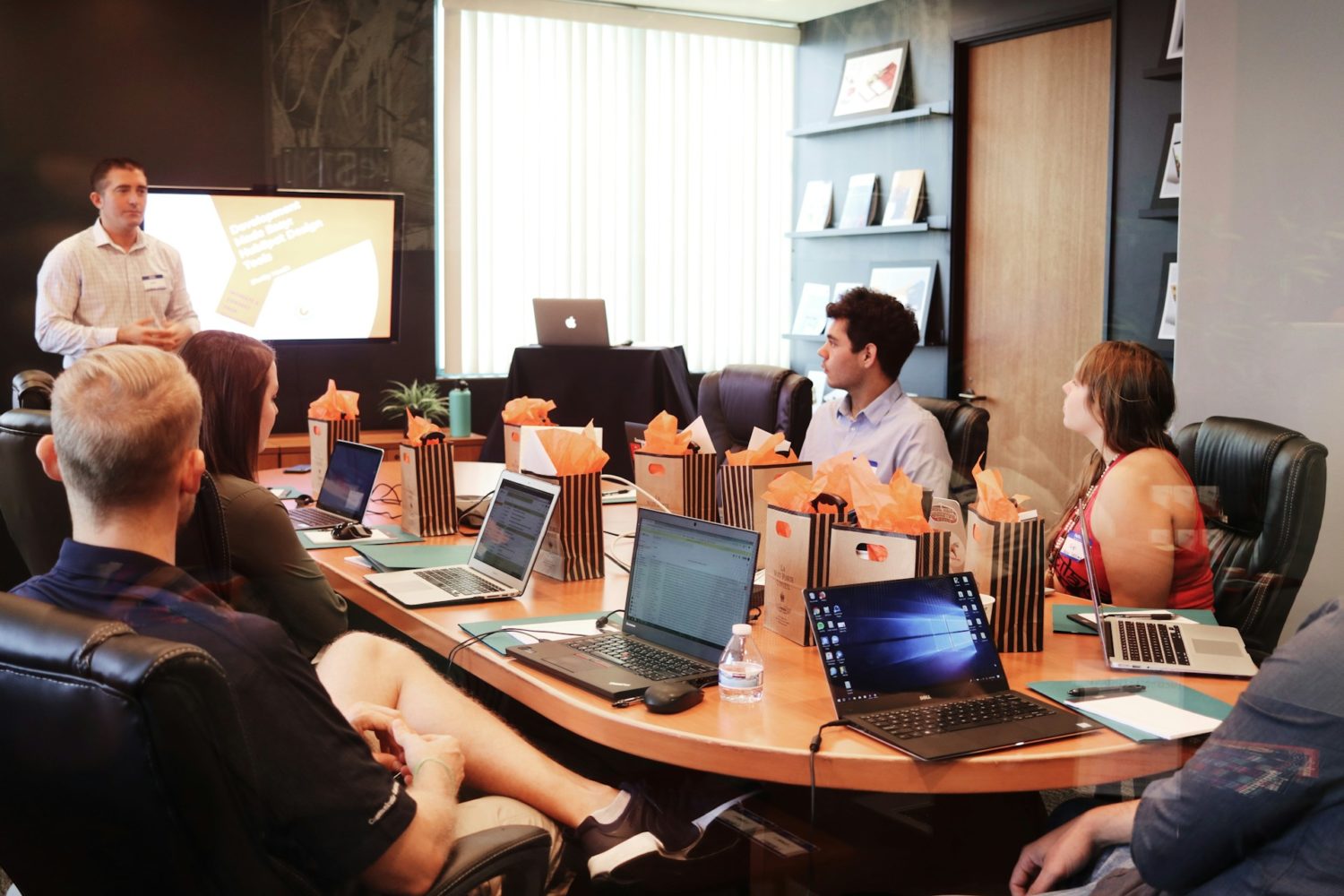As you navigate today’s business landscape, you can’t overstate the importance of cybersecurity. It’s beyond protecting data — you safeguard your reputation and ensure operational continuity. However, balancing the strict compliance requirements with the need to adopt innovative security strategies presents a significant challenge.
While compliance dictates standards, integrating cutting-edge technologies to enhance security posture requires flexibility and strategic adjustments. This balancing act can be complex, but it’s crucial for maintaining your competitive edge and protecting your assets in an increasingly digital world.
Compliance and Security Needs
Compliance involves adhering to laws, regulations, standards, and ethical practices pertaining to your industry and activities. It ensures all your projects align with these guidelines to protect your organization from legal and financial penalties. The concept is a strategic element that integrates deeply with your company’s objectives, affecting everything from project initiation to closure.
The security landscape continues to evolve, with threats becoming more sophisticated and frequent. Thus, a robust security strategy is essential for your protection. It defends against external threats and prepares for internal vulnerabilities malicious actors could exploit.
Compliance and security are significant because both aim to safeguard your assets, reputation, and data. Achieving compliance helps lay a foundation for solid security measures. Meanwhile, proactive security practices ensure compliance remains even as new threats and regulations emerge.
Challenges in Balancing Compliance with Security Innovation
Implementing new security technologies while adhering to strict compliance standards presents several challenges business leaders might face. One of the main hurdles is the significant expense associated with breaches when noncompliance is a factor. On average, breaches cost businesses over $218,000 more when it involves noncompliance with regulations.
This heightened financial risk puts extra pressure on your decision-making process. It urges you to prioritize compliance even when exploring innovative security solutions. Balancing this can be daunting, as you must ensure any new technology enhances security and aligns perfectly with regulatory requirements.
Moreover, stringent regulations often limit the flexibility you need to adopt and fully leverage advanced security measures. These regulations protect data and privacy but can inadvertently create barriers to adopting state-of-the-art technologies offering better protection.
For instance, certain regulations may prescribe specific types of encryption or data handling procedures incompatible with newer, potentially more effective technologies. This situation can leave you in a tight spot, navigating between staying compliant and pushing the envelope with modern security innovations that ensure your enterprise stays ahead of potential threats.

Technological Solutions and Frameworks
Cloud-based information systems revolutionize how you can integrate compliance and new security strategies within your brand. These systems offer the flexibility to create customized infrastructures and systems that match your specific needs without the burden of expensive maintenance.
This adaptability allows you to scale your security solutions as your business grows. It ensures your compliance needs and security measures evolve in tandem. Further, cloud providers typically adhere to strict industry standards, streamlining your compliance efforts.
Emerging technologies like AI and blockchain reshape how brands approach security and compliance. You can leverage AI to automate complex compliance processes — it reduces human error, and enhances your ability to swiftly detect and respond to threats. On the other hand, blockchain technology offers an added layer of security by creating tamper-proof records. It’s ideal for compliance in sectors requiring stringent data integrity.
By incorporating these technologies, you can meet and exceed compliance requirements while bolstering your security posture. Doing so provides a double-edged sword against threats and noncompliance risks.
Role of Leadership in Security and Compliance Integration
Leadership commitment is crucial when integrating security and compliance within your organization. A leader’s dedication sets the tone for how seriously various departments take these aspects. Effective communication from you can significantly reduce frustration among your teams — particularly true when you demonstrate how compliance is not just a regulatory need but a strategic advantage that supports everyone’s work.
Regularly discussing the relevance of compliance and security in your communications fosters a culture that sees these efforts not as burdens but as essential safeguards. They can help staff appreciate that these measures enhance the efficiency and reputation of the company.
Leading by example is pivotal to cultivating a culture prioritizing security and compliance. It involves adhering strictly to the policies you set forth, and being transparent about security measures and compliance protocols. Engage with your teams through training sessions, workshops, and regular updates on security and compliance developments.
Being actively involved and showing a personal commitment inspire your teams to follow suit and uphold high standards. Your example can empower your staff to take initiative, propose improvements, and feel a shared responsibility for safeguarding the organization’s interests.

Best Practices for Integrating Compliance and Security
As you explore new security technologies, maintaining compliance is paramount. Here are some effective strategies to help you navigate this complex landscape:
- Implement continuous monitoring: Monitor your systems to ensure you detect any deviations from compliance standards early. This approach helps in immediate rectification and lets you understand how new technologies can fit within your compliance framework without disruption.
- Conduct regular risk assessments: Regularly assess the risks of existing and new technology. Doing so helps you understand the potential impacts on compliance and security, and enables you to make informed decisions about technology adoption.
- Adopt adaptive frameworks: Use adaptive frameworks that can evolve. These systems can adjust to incorporate new technologies and compliance requirements. It verifies your security measures are always up to date and effective.
Integrating these strategies makes aure adopting innovative security technologies enhances your compliance posture rather than compromising it. This proactive approach secures your operations and aligns them with industry best practices.
Future Trends in Compliance and Security Strategy
As you look toward the future of compliance and security, you must be aware of the growing global cost of cybercrime, which experts predict will exceed $13 trillion by 2028. This staggering figure underscores the escalating stakes and the inevitable tightening of regulatory frameworks worldwide. As regulations become more stringent, your security practices must be more robust and adaptive.
To stay ahead, enhance your cybersecurity infrastructure and train your team to handle sophisticated threats. It’s also wise to engage in proactive compliance auditing and continuously update your security policies to align with new standards. These steps ensure your business meets the current rules and is ready to adapt to future changes.
Integrating Compliance and Security for Enhanced Business Resilience
Embracing a strategic approach to compliance and security is essential for enhancing your resilience. Proactively integrating compliance with security strategies fortifies your defenses and streamlines your operations. It also helps your organization with any challenges that come its way.












